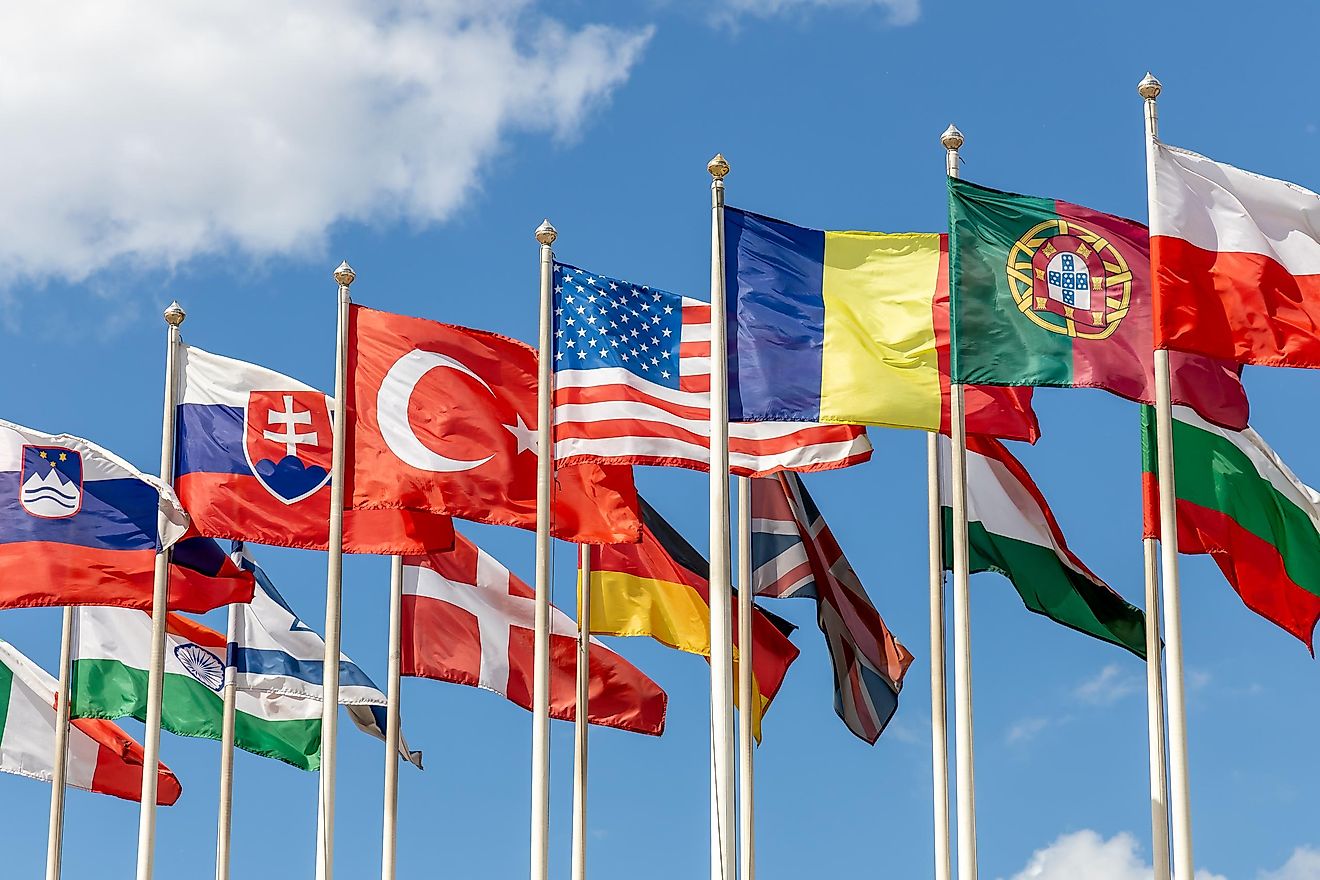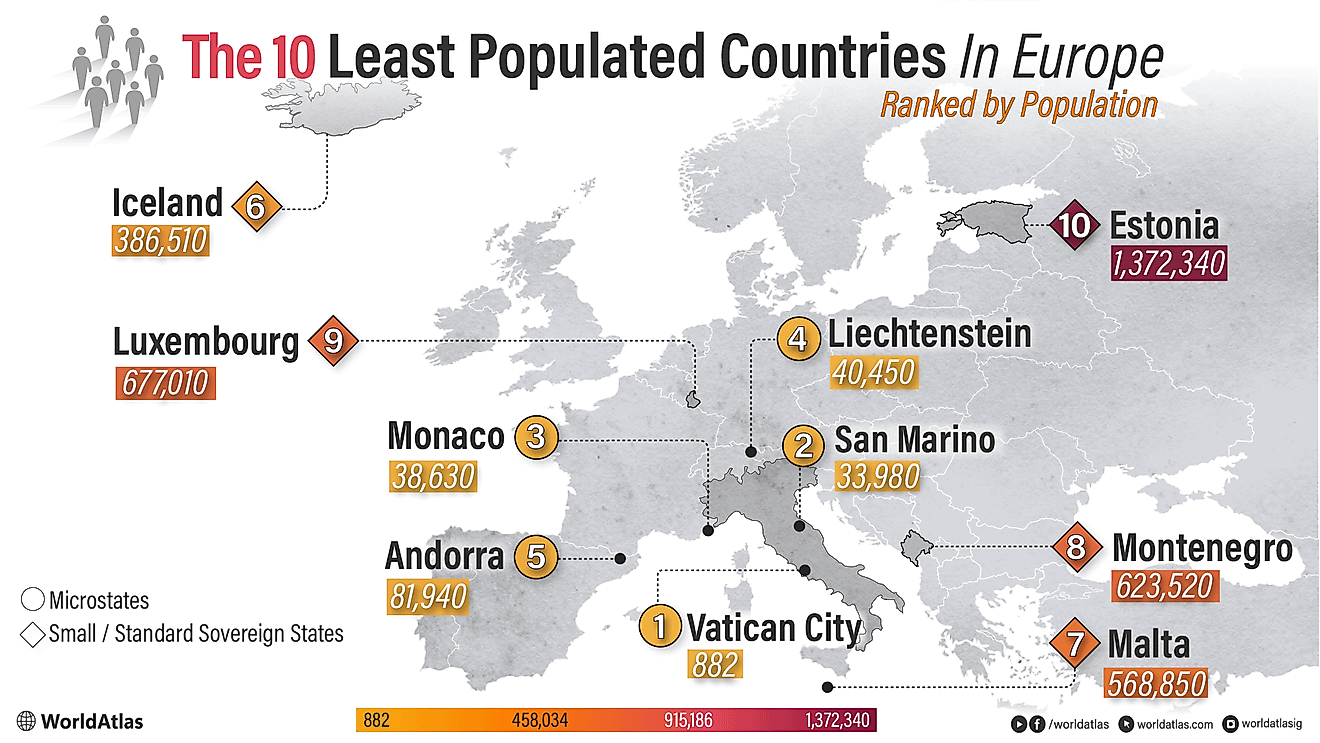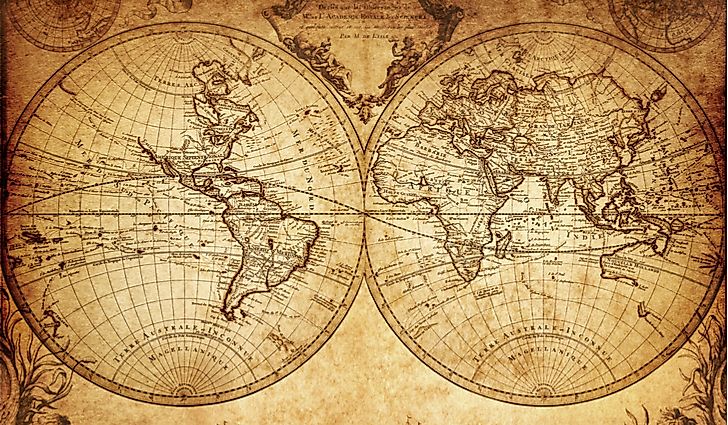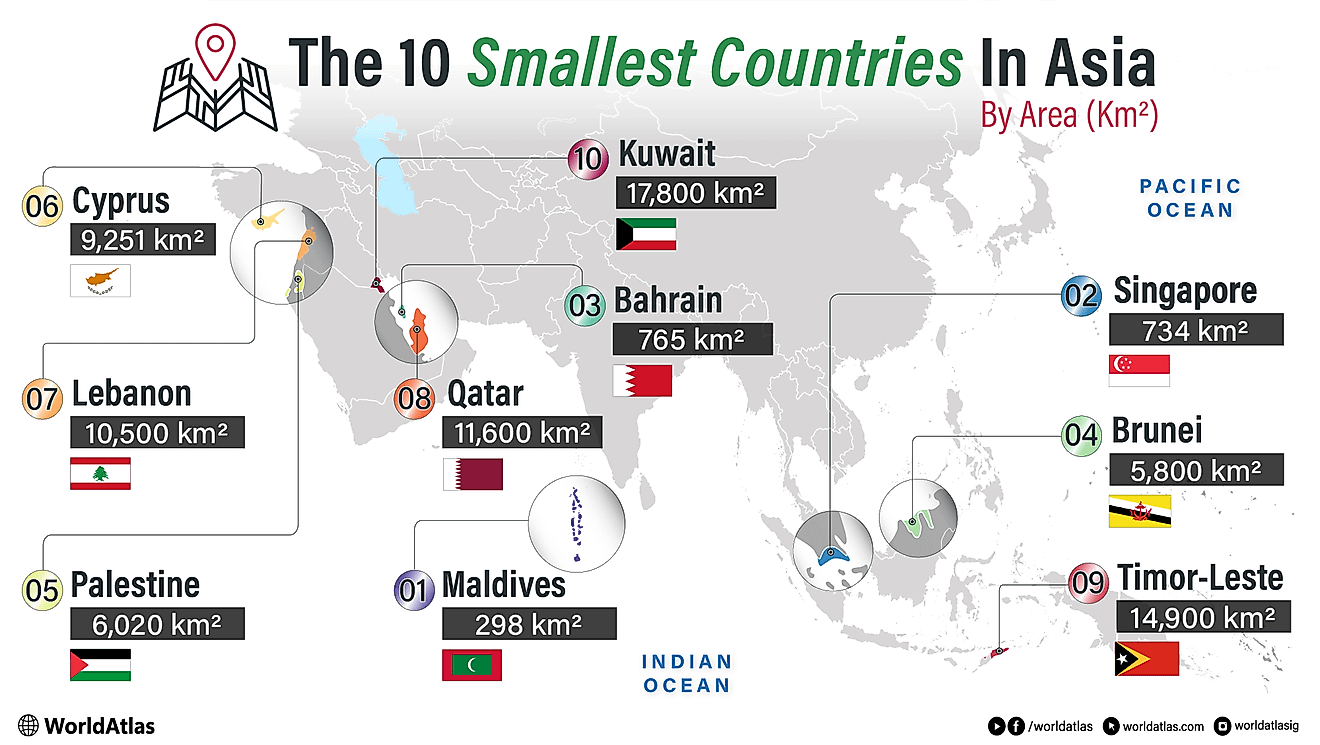
Is Russia In Europe Or Asia?
The Ural Mountains and the Ural River are the definitive boundaries between the Asian and European continents. Therefore, as the Russian Federation currently straddles both plates, Russia is in Europe and Asia. Furthermore, the Russian territories form a country with over a thousand years of history, and it currently occupies over 17 million km2 (6.6 million mi2). Due to its lengthy and storied history, the country has accumulated many cultures spread across a wide range of geographical regions. Their histories, bound together with the terrain itself, are an essential aspect of unveiling Russia as both a European and Asian sovereignty.
Historical Background
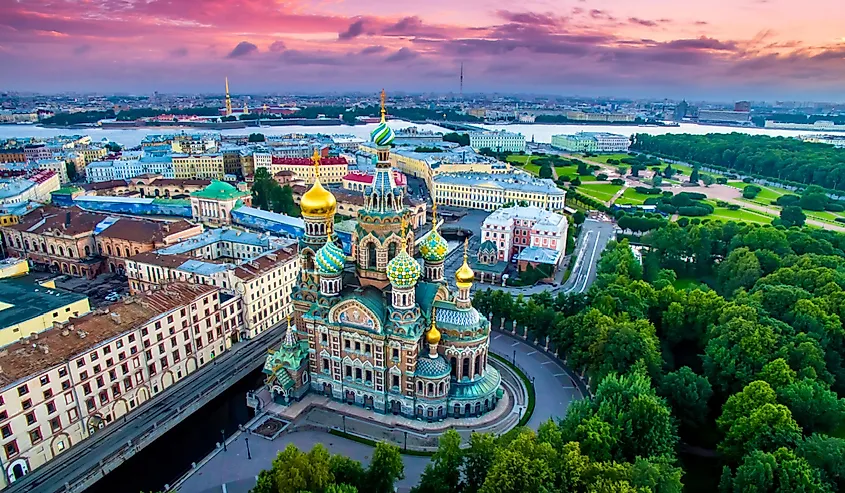
In the 13th century, Russia began as a relatively minor state known as Muscovy, with Moscow as its nucleus. This state gradually extended its boundaries, and by 1505, under Grand Duke Ivan III, it had made significant territorial gains. The 17th century saw further expansion under the Russian Tsars, extending the country's reach to resemble its current geographical span, stretching from Europe to the Pacific Ocean. Peter I, in a strategic move, shifted the capital to Petrograd (today's Saint Petersburg), seeking maritime access crucial for a large empire and to safeguard government institutions in the fortified islets of the harbor. The Romanov dynasty continued to maintain and expand these borders until 1918, when the Soviet Union emerged, reinstating Moscow as the capital. However, during the transition to the present government, led initially by Boris Yeltsin, Russia experienced a significant reduction in territory. Presently, former territories like Ukraine and Belarus are now independent nations.
Geographic Background
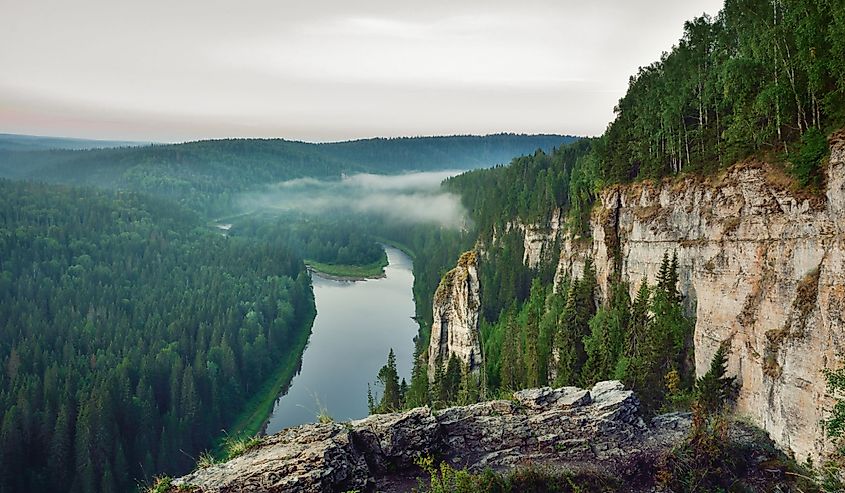
The Ural Mountains and the Ural River distinctly demarcate the separation of the Asian and European continents. As such, the Russian Federation, which extends across both tectonic plates, is a part of both Europe and Asia. Moscow and Saint Petersburg, being geographically closer to Europe, often overshadow the significance of Russia's Asian segment. Historically, this has led to a common misconception of Russia as predominantly a European nation, disregarding the presence of various Asian communities residing in its eastern regions. Additionally, Russia's historical possession of Alaska until 1867, which it sold to the United States for $7.2 million, further illustrates its extensive geographical footprint spanning three continents. In terms of size, Russia is the third-largest nation historically, following the British Empire, which at its zenith encompassed 35.5 million km2 (13.71 million mi2), and the Mongol Empire, covering 24 million km2 (9.27 million mi2). Soviet Russia's territory nearly matched these empires, extending over an impressive 22.7 million km2 (8.80 million mi2).
East of the Ural Mountains, Russian territory includes Siberia, extending eastward to the Bering Sea, situated above the North Pacific Ocean. Remarkably, at the narrowest point, Russia and Alaska are a mere 3.9 km (2.4 mi) apart. Russian land further extends in the northern and southern directions within Central and East Asia. The country shares a maritime boundary with Japan in the North Pacific and borders several Central Asian countries formerly part of the Soviet Union, as well as East Asian nations such as Mongolia, China, and North Korea. Despite its enormous size and the challenges of political reformations and economic tests over the years, Russia has managed to maintain a largely unified national identity.
Among Russia's ten biggest cities, Yekaterinburg and Chelyabinsk are situated near the Europe-Asia divide in the Ural Mountains. Only three major cities - Novosibirsk, Omsk, and Samara - are located in Asian Russia. The majority of Russia’s Asian population resides in a relatively narrow, densely populated area extending from the Urals to the eastern coast, adjacent to the southern border regions.
Culture
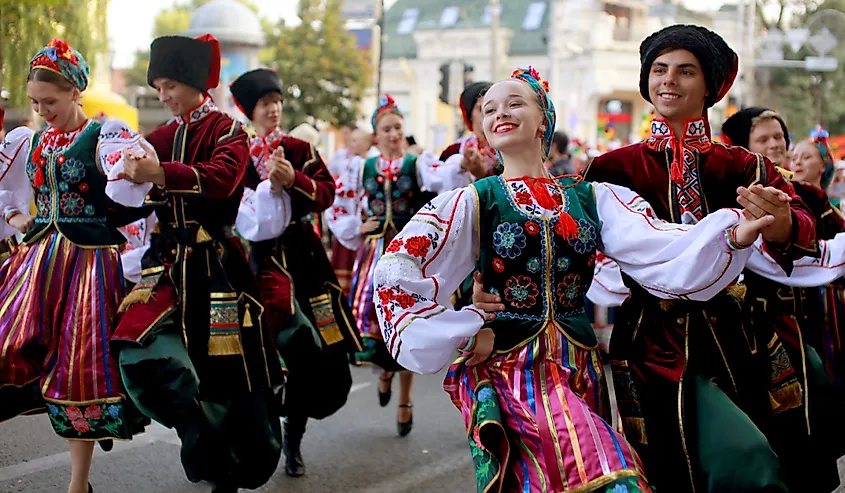
Russia, which spans across the Asian and European continents, holds a significant portion of its population within its European boundaries. Approximately 77% of its 145 million citizens reside in the European segment, including the populous capital, Moscow, home to nearly 13 million people and ranking as Europe's second-largest city. Other major cities in European Russia are St. Petersburg, Nizhny Novgorod, Kazan, and Rostov-on-Don.
The tapestry of Russia's population is intricate, with over 190 ethnic groups present. Historical population movements have impacted many indigenous populations, with the effects of 19th-century territorial expansions still felt among communities that were forced to relocate, such as those from Circassia who sought refuge in the Ottoman Empire. The dominant demographic is the Slavic people, concentrated primarily in the western areas. However, the nation also sees a significant representation of Mongol and Turkic lineages. Ethnic minorities include Tatars, Bashkirs, Chuvash, and Chechens.
In contemporary Russia, a fusion of European and Asian cultural influences is evident. While ethnic Russians constitute the majority of the population, they are just one among many groups within the Russian Federation. Some, like the Karelians, Mordovians, and Udmurts, share European roots with ethnic Russians. In contrast, groups such as the Buryats and Yakuts, predominantly found in eastern Siberia, have Asian origins. The Tatars, the largest minority group, are a Turkic-speaking community with roots tracing back to present-day Mongolia. Russian cultural expressions, rich and varied, manifest in literature, ballet, painting, and classical music, and the country's impact on Chess is legendary.
By wielding its immense geography across Asia and Europe, Russia literally enjoys the best of both worlds. The population is majorly European due to Moscow and St. Petersburg's locations, where most reside, but it is important to remember that a significant number of varied ethnic groups live in an eastern strip that stretches to the Pacific Ocean. Culturally, this collection implies an immense amount of ethnicities and their traditions cohabitating within the same nationality. Overall, the country's borders have changed dramatically in the distant and recent past, and the future may bring yet more change.
